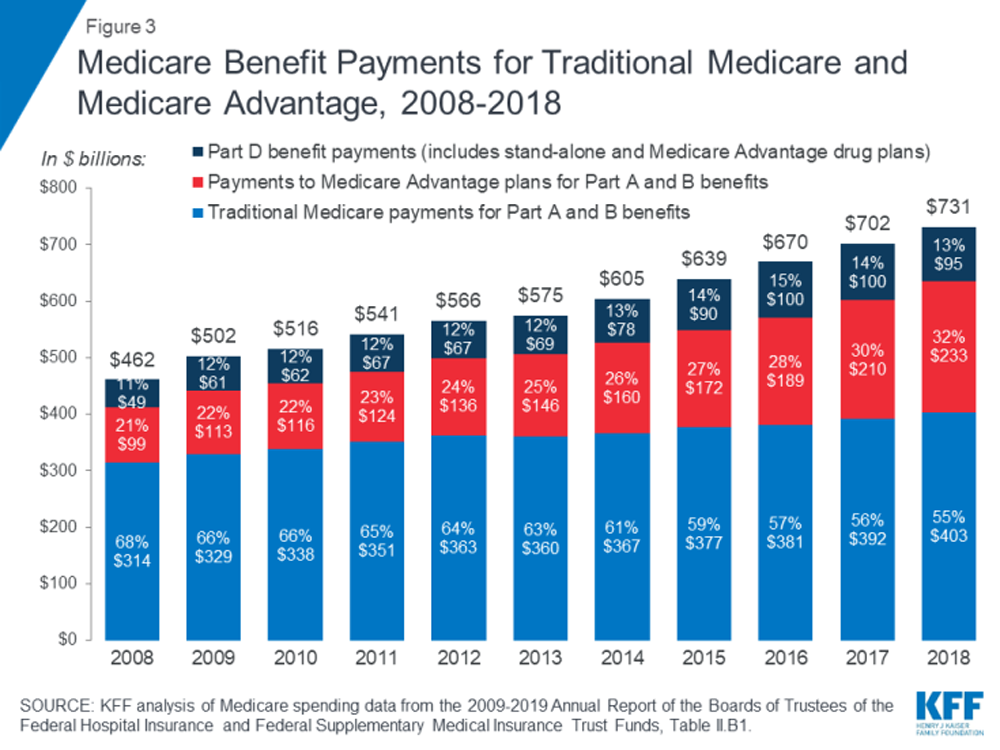Long-Term Medicare Costs Associated With Opioid Analgesic Therapy vs Spinal Manipulative Therapy for Chronic Low Back Pain in a Cohort of Older Adults
SOURCE: J Manipulative Physiol Ther 2021 (Dec 5)
James M. Whedon, DC, MSm Anupama Kizhakkeveettil, PhD, Andrew Toler, MS, Todd A. MacKenzie, PhD, Jon D. Lurie, MD, MS, Serena Bezdjian, PhD, Scott Haldeman, DC, MD, PhD, Eric Hurwitz, DC, PhD, Ian Coulter, PhD
Health Services Research,
Southern California University of Health Sciences,
Whittier, California.
FROM: The Facts on Medicare Spending (2019)
Objectives: The purpose of this study was to compare Medicare healthcare expenditures for patients who received long-term treatment of chronic low back pain (cLBP) with either opioid analgesic therapy (OAT) or spinal manipulative therapy (SMT).
Methods: We conducted a retrospective observational study using a cohort design for analysis of Medicare claims data. The study population included Medicare beneficiaries enrolled under Medicare Parts A, B, and D from 2012 through 2016. We assembled cohorts of patients who received long-term management of cLBP with OAT or SMT (such as delivered by chiropractic or osteopathic practitioners) and evaluated the comparative effect of OAT vs SMT upon expenditures, using multivariable regression to control for beneficiary characteristics and measures of health status, and propensity score weighting and binning to account for selection bias.
Results: The study sample totaled 28,160 participants, of whom 77% initiated long-term care of cLBP with OAT, and 23% initiated care with SMT. For care of low back pain specifically, average long-term costs for patients who initiated care with OAT were 58% lower than those who initiated care with SMT. However, overall long-term healthcare expenditures under Medicare were 1.87 times higher for patients who initiated care via OAT compared with those initiated care with SMT (95% CI 1.65-2.11; P < .0001).
There is more like this @ our:MEDICARE Section and our:
Conclusions: Adults aged 65 to 84 who initiated long-term treatment for chronic low back pain (cLBP) via opioid analgesic therapy (OAT) incurred lower long-term costs for low back pain but higher long-term total healthcare costs under Medicare compared with patients who initiated long-term treatment with spinal manipulative therapy (SMT).
Keywords: Aged; Analgesics, Opioid; Costs and Cost Analysis; Low Back Pain; Manipulation, Spinal; Medicare.






Leave A Comment